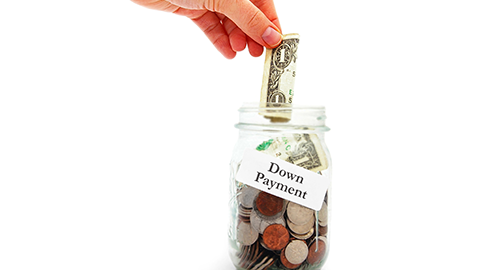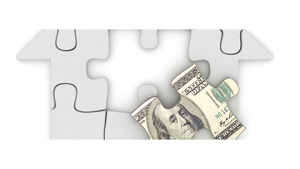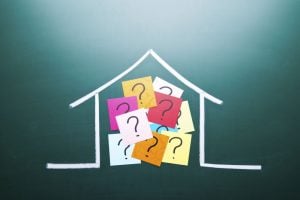
How much is required for a down payment on a house?
How much money you need for a down payment on a house depends on your budget and what type of loan you apply for. You may have heard that 20% down is what you need, but that is simply a preferred number, not a requirement for many lenders. If you are able to put 20% down it will reduce your monthly mortgage payments and will likely allow you to avoid a Mortgage Insurance Premium (MIP) every month. However, many borrowers do not have 20% down. Here are some of your options if you do not have a large down payment for your house.
House Down Payments with No Money Down
USDA Loan
If you are considering a home in a suburban or rural area, the U.S Department of Agriculture Rural Development loans offer up to 100% financing to qualified homes in eligible areas. Since USDA loans are federally backed, they often have interest rates lower than conventional loans as well. You may also be surprised to find what the USDA considers a rural area. According to the 2017 USDA Rural Development Performance Report, nearly 72% of the nation’s land mass is rural. You can see if your area qualifies on the map linked here.
VA Loan
If you are an active or retired United States military service member, as well as some reserves, you can potentially get 100% mortgage financing through the Department of Veteran Affairs. In fact, nearly 90% of all VA backed home loans are made without a down payment. You will still need to do a certificate of eligibility and may have to finance a VA funding fee into your mortgage, but overall, VA loans are some of the best mortgage deals out there.
Low Cost Down Payment Options for a House
Conventional 97 Loan
A few years ago, Fannie Mae and Freddie Mac started offering a Conventional 97 loan that only requires a 3% down payment for first-time homebuyers. This loan has no income limits, but tighter restrictions than conventional loans and it carries higher interest rates. To receive a Conventional 97 loan, you will need a strong credit score, reliable income and employment, and a debt-to-income ratio under 43% (in most cases). The property must be your primary residence. This includes a single-family home, a condo, planned unit development or co-op. If you are not a first-time homebuyer, Fannie Mae and Freddie Mac also offer 97% loans with lower interest rates and mortgage premiums, however these are limited by income.
FHA Loan
The Federal Housing Administration offers mortgage loans with as little down as 3.5%. FHA loans do require a mortgage insurance premium. This is charged to the borrower two different ways; as a one-time fee of 1.75% of the loan amount and as a monthly premium. The duration and cost of your MIP may last for the duration of the loan. However, you do have the option to refinance your home at any point after you close the mortgage. This may be especially helpful when you have paid 20% of the home’s value and can get a new loan that does not require mortgage insurance. Similar to the Conventional 97 loan, there are no income limits, the home must be your primary residence.
The loan you choose will depend on your financial situation, how much you have to put down and where you want to buy a home. It is always a good idea to talk with a lender before deciding what loans to choose. Lenders at RCB Bank are happy to help answer questions even if you are not a customer. Give us a call or visit our online Mortgage Center.
Sources
VA Home Loan Types | Veterans Affairs
Welcome to Rural Development | Rural Development (usda.gov)
Federal Housing Administration | HUD.gov / U.S. Department of Housing and Urban Development (HUD)
Opinions expressed above are the personal opinions of RCB Bank personnel and meant for generic illustration purposes only. For specific questions regarding your personal lending needs, please call RCB Bank at 855-BANK-RCB. With approved credit. Some restrictions apply. RCB Bank is an Equal Housing Lender and member FDIC. RCB Bank NMLS #798151.


